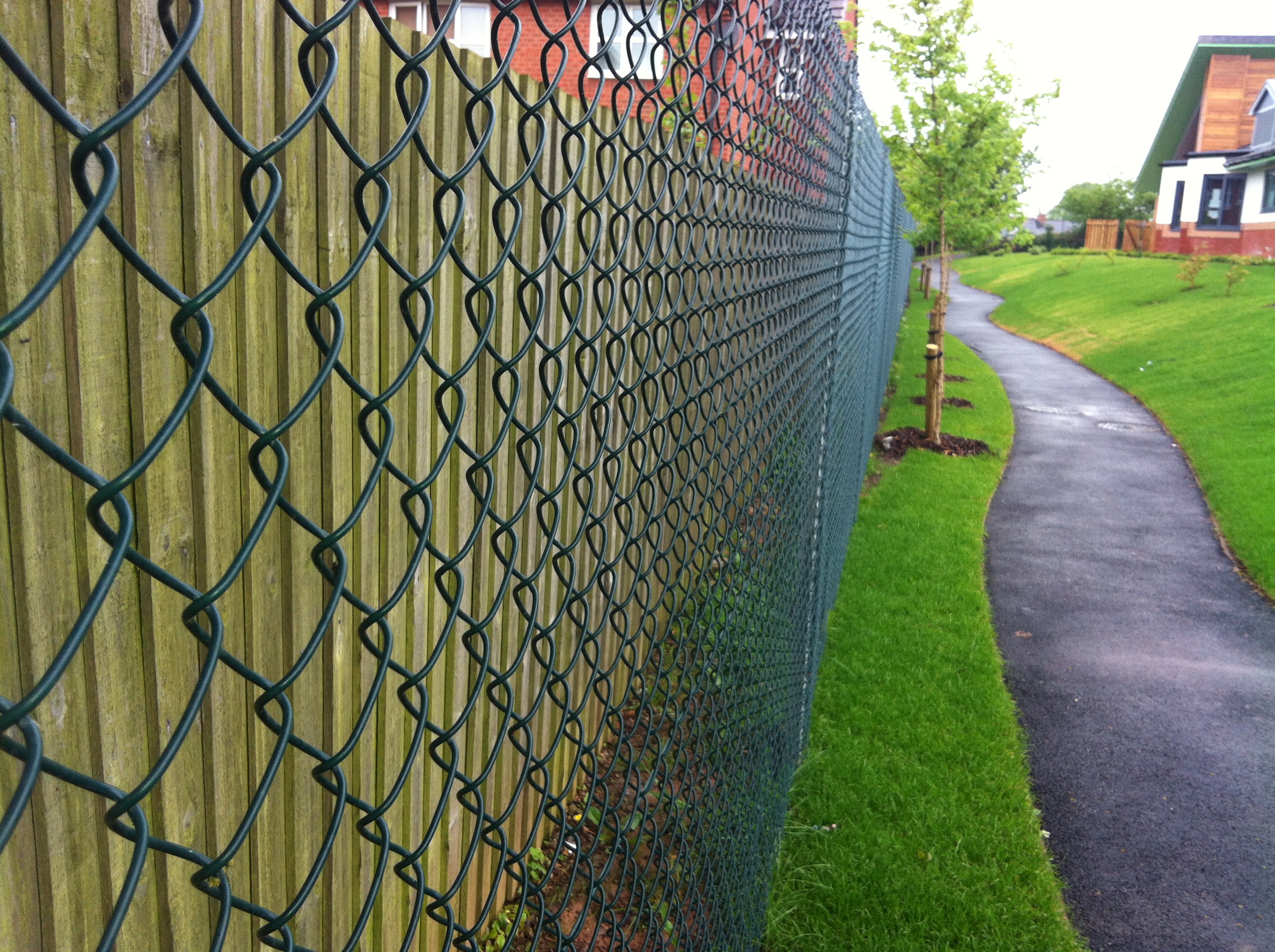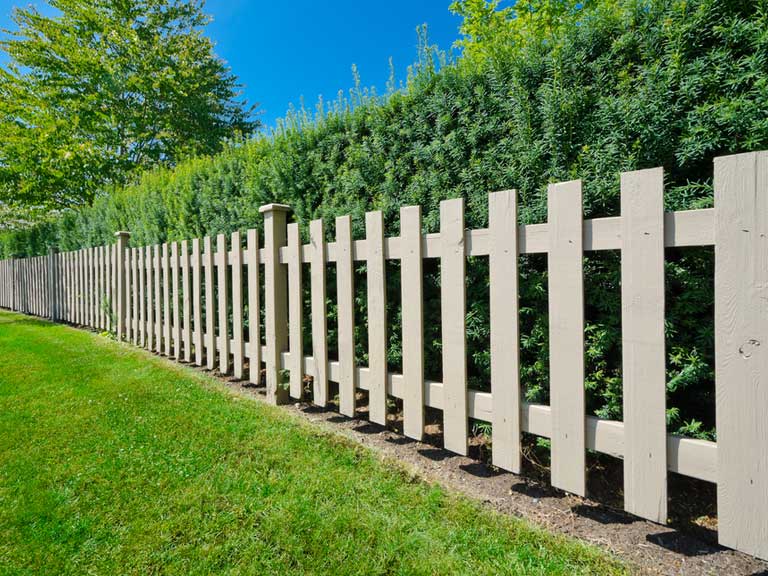How To Build A Garden Fence In Minutes
Introduction
A garden fence can be a great way to add privacy, security, and beauty to your outdoor space. It can also help to keep your pets and children safe. If you're looking for a quick and easy way to build a garden fence, this blog post is for you.
In this post, we'll show you how to build a simple garden fence in just 10 minutes. We'll provide step-by-step instructions and helpful tips along the way. So whether you're a beginner or a seasoned DIYer, you'll be able to follow along and build your own fence in no time.
Materials
The materials you'll need for this project are:
- 2x4s (10-12 feet long)
- Nails or screws
- Level
- Tape measure
- Hammer or drill
- Posthole digger (optional)
- Concrete (optional)
Instructions
- Stake out the fence line. Use stakes and string to mark the perimeter of your fence.
- Dig the post holes. The depth of the post holes will depend on the type of soil you have. In general, you'll want the holes to be at least 12 inches deep.
- Set the posts in the holes. Make sure the posts are level before you fill in the holes.
- Attach the rails to the posts. Use nails or screws to attach the rails to the posts.
- Attach the fencing to the rails. Again, use nails or screws to attach the fencing to the rails.
- Add a gate. If you want a gate in your fence, you'll need to add a gate frame and gate panels.
- Level the fence. Once the fence is complete, use a level to make sure it's level.
- Add a finishing touch. You can paint or stain your fence to give it a finished look.
Tips
- If you're using t-posts, you can skip the posthole digger and simply pound the posts into the ground.
- If you're using concrete, mix it according to the package directions and pour it into the post holes.
- If you're using a gate, make sure the gate is the correct size for the opening in your fence.
- If you're painting or staining your fence, be sure to apply two coats of paint or stain.
Conclusion
Building a garden fence is a relatively easy project that can be completed in just 10 minutes. By following the steps in this blog post, you'll be able to build a simple and functional fence that will add beauty and security to your outdoor space.
Are you looking for more information about garden fences? Visit Home Gardening for a comprehensive guide to choosing, installing, and maintaining garden fences. Home Gardening provides information on a variety of topics, including:
- Different types of garden fences
- The pros and cons of each type of fence
- How to choose the right fence for your needs
- How to install a fence yourself
- How to maintain a fence
FAQ of garden fence
- What are the most common types of garden fences?
There are many different types of garden fences available, each with its own advantages and disadvantages. Some of the most common types include:
* Wooden fences: Wooden fences are a popular choice for their natural beauty and relatively low cost. However, they can be susceptible to rot and decay, especially if they are not properly treated.
* Vinyl fences: Vinyl fences are a low-maintenance option that is resistant to rot, decay, and fading. However, they can be more expensive than wooden fences.
* Metal fences: Metal fences are very durable and can last for many years. However, they can be more expensive than wooden or vinyl fences.
* Concrete fences: Concrete fences are very strong and durable, but they can be very expensive.
* Chain-link fences: Chain-link fences are a low-cost option that is very secure. However, they are not very attractive and can block views.
- How high should a garden fence be?
The height of your garden fence will depend on a number of factors, including the size of your garden, the purpose of the fence, and local regulations. In general, a fence that is at least 4 feet high will provide adequate privacy and security. However, if you have a large garden or need to keep out animals, you may need a taller fence.
- What is the best way to maintain a garden fence?
The best way to maintain your garden fence is to inspect it regularly for signs of damage. If you find any damage, repair it immediately to prevent the problem from getting worse. You should also clean your fence regularly to remove dirt, debris, and algae. If your fence is made of wood, you may need to treat it with a preservative every few years to protect it from the elements.
- How often do I need to paint my garden fence?
The frequency with which you need to paint your garden fence will depend on the type of wood it is made of and the climate you live in. In general, you should paint your fence every two to three years. If you live in a humid climate, you may need to paint it more often.
- How long should a wooden garden fence last?
A good quality wooden fence that is properly maintained can last for 10 to 15 years. However, if the fence is not treated properly or is exposed to harsh weather conditions, it may only last for 5 to 10 years.
- What are some other things to consider when choosing a garden fence?
In addition to the type, height, and maintenance requirements of a garden fence, there are a few other things you may want to consider when making your decision, such as:
* The style of your home and garden: You want to choose a fence that complements the overall look of your home and garden.
* The privacy you need: If you want a lot of privacy, you will need a taller fence.
* The security you need: If you need to keep out animals or people, you will need a more secure fence.
* The budget you have: Garden fences can range in price from a few hundred dollars to several thousand dollars.
Image of garden fence
10 different images of garden fences that are free to use:
- A white picket fence with a wooden gate.

- A black wrought iron fence with a decorative pattern.

- A natural cedar fence with a rustic look.
- A bamboo fence with a tropical feel.

- A stone wall with a classic and timeless appearance.
- A chain-link fence that is both functional and affordable.

- A vinyl fence that is low-maintenance and weather-resistant.
- A lattice fence that can be used to create privacy or add a decorative touch.

- A hedge fence that is a natural and sustainable option.

- A living wall fence that is both beautiful and functional.


Post a Comment for "How To Build A Garden Fence In Minutes"